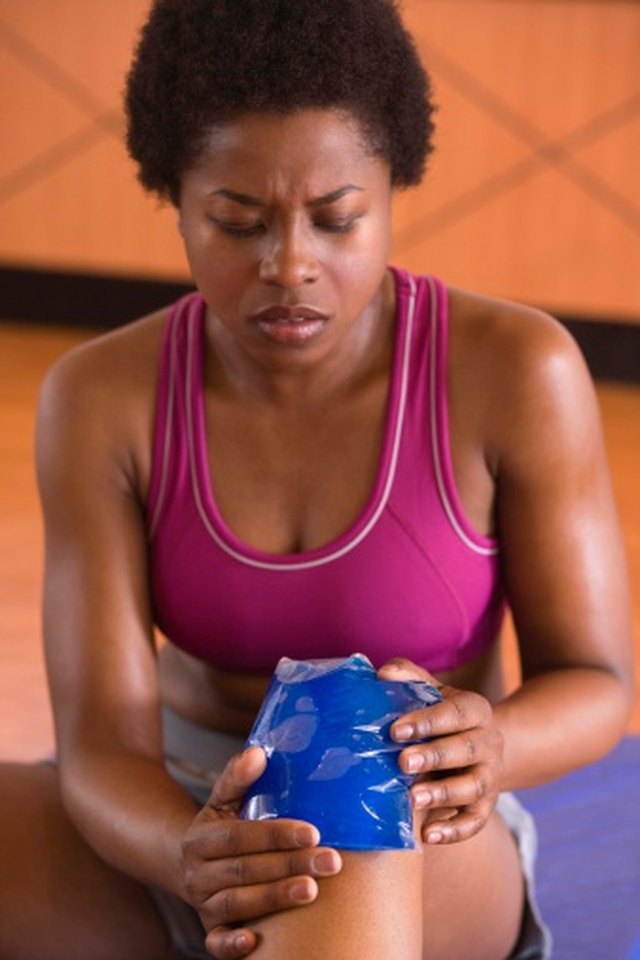What does fact checked mean?
At SportsRec, we strive to deliver objective content that is accurate and up-to-date. Our team periodically reviews articles in order to ensure content quality. The sources cited below consist of evidence from peer-reviewed journals, prominent medical organizations, academic associations, and government data.
- American College of Sports Medicine: Selecting and Effectively Using a Stair Stepper/Climber
- American College of Sports Medicine: Selecting and Effectively Using a Stair Stepper/Climber
- ACE Fitness: How to Prevent and Treat ACL Injuries
- ACE Fitness: What is the Best Piece of Cardio Equipment to Use?
The information contained on this site is for informational purposes only, and should not be used as a substitute for the advice of a professional health care provider. Please check with the appropriate physician regarding health questions and concerns. Although we strive to deliver accurate and up-to-date information, no guarantee to that effect is made.
Are Stair Climbers Good for the Knees?

Stair climbers contribute to overall knee health by strengthening the muscles that support the fragile knee joint and by helping to reduce excess body weight. They can be an effective part of an overall workout, but stair climbers aren’t for everyone. The motion can be more painful than helpful for people with arthritis of the knee or hip.
Benefits
When using a stair climber, you are working against the pull of gravity to continually raise your body up. This action works the muscles that flex and extend the knee, ankle and hip. Developing the calves, quadriceps and hamstrings helps support and protect the knee during high-stress activities like playing basketball and soccer. Stair climbers can be an effective part of a weight-loss program, and several studies — including one published in 2006 in the Journal “Obesity” — have shown that knee pain from osteoarthritis improves with even a modest amount of weight loss.
Disadvantages
The National Center on Physical Activity and Disability does not recommend stair-climbing for people with osteoarthritis of the knee. The American Council on Exercise suggests that people with existing knee issues use a form of cardio exercise with less impact than a stair stepper — like swimming or elliptical machines.
Cautions
If you use a stair climber, check your posture at several points during your workout. Make sure you are standing straight, not leaning forward or back. Leaning not only increases your risk of falling, it also stresses your back. When working out, it’s okay to use a light hand on the rails for balance, but you don’t want to lean on the supports because this will strain your arms and wrists. This also takes some of the work away from your legs, reducing the benefit for your knees.
According to Robert Wood Johnson University Hospital, stair-climber knee injuries are most likely to occur in the phase of the motion where your leg is down and fully extended. Talk to a fitness professional to make sure you are positioning your foot properly.
Shoes
Just like for running, walking or any other weight-bearing exercise, stair climbing requires the proper shoes. Worn out or inappropriate shoes will increase the stress on your knees. The American College of Sports Medicine recommends wearing athletic shoes that support your whole foot and ankle.
Recommendations
It takes some time to get used to stair climbing. Even if you climb normal stairs regularly, a stair climber machine has a different feel. In the beginning, five or 10 minutes at a time is enough. You can either do multiple 10-minute sessions throughout the day, or you can do a few minutes on the stepper and then move to an elliptical or treadmill to finish your cardio workout. As always, listen to your body. If your knees hurt, stop stepping.
Explore In Depth
References
- Robert Wood Johnson University Hospital: Stair Climber
- American College of Sports Medicine: Selecting and Effectively Using a Stair Stepper/Climber
- ACE Fitness: How to Prevent and Treat ACL Injuries
- ACE Fitness: What is the Best Piece of Cardio Equipment to Use?
- Jenkins EM, Nairn LN, Skelly LE, Little JP, Gibala MJ. Do stair climbing exercise "snacks" improve cardiorespiratory fitness? Appl Physiol Nutr Metab. 2019;44(6):681‐684. doi:10.1139/apnm-2018-0675
Resources
Writer Bio
Valerie Webber started out as a technical writer in 1994 and transitioned into journalism in 2004. Her work has appeared in “The Gainesville Times,” “The Fauquier Times-Democrat,” “Merial Selections” and “SIDEROADS” magazine. Webber is also certified by the American Council on Exercise as a group fitness instructor.
